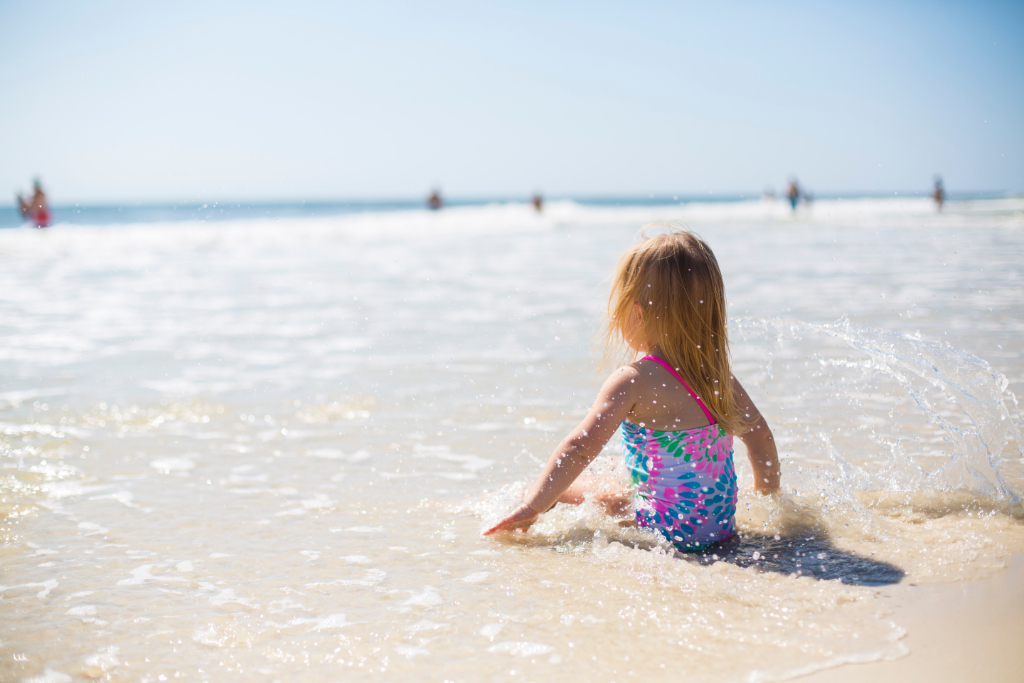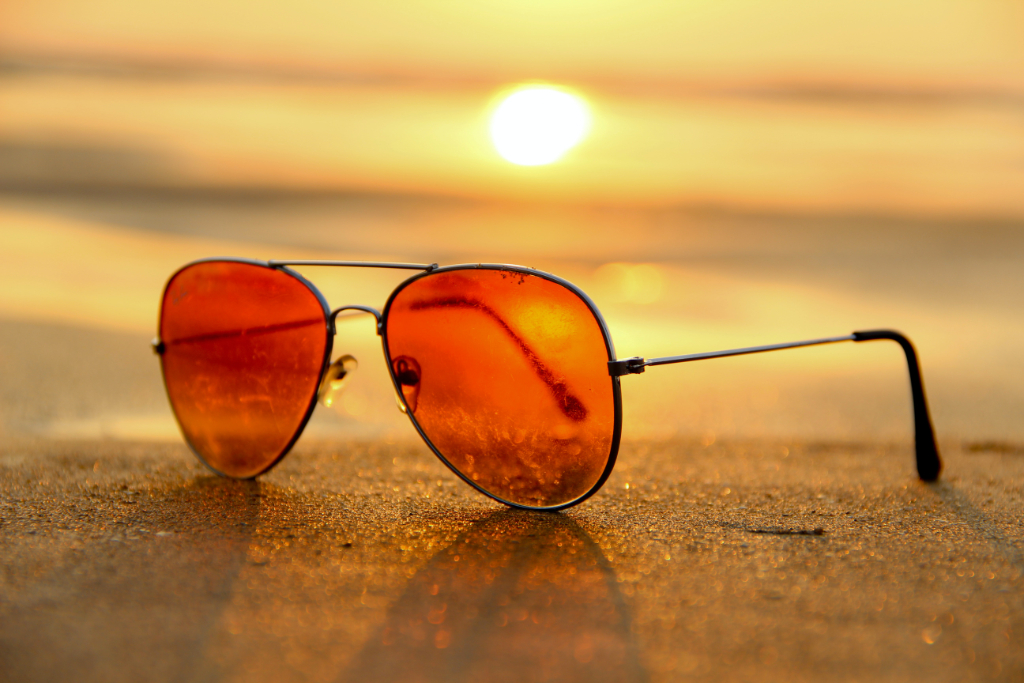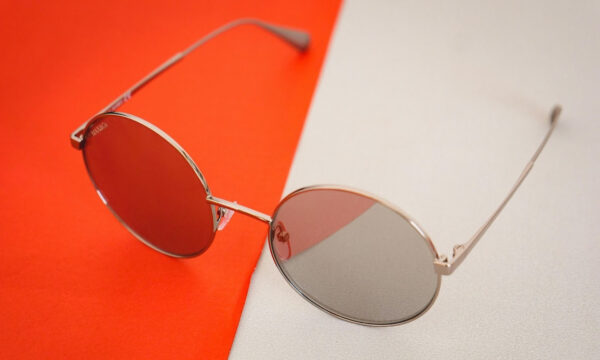Frequently asked questions regarding SPF

Wish to know about SPF much beyond the fact that it’s a sun protection thing? Well, here is the right list of questions, along with concise replies to quench your inquisitiveness…
Can SPF be worn on cloudy or grey days?
Yes, it’s no mere summer thing and should be worn all year around. On cloudy days the earth gets up to 80 per cent of the sun’s UV radiation.
Do I need to wash off the sunscreen/SPF product after its usage is over?
Yes, cleansing or washing properly after using a SPF product is a good idea, because some mineral sunscreens are prone to clogging your pores depending on the skin type
Is SPF hazardous to skin or health?
Not all SPF products are harmful for you, but when it comes to choosing sunscreen, try staying away from oxybenzone, octinoxate, retinyl palmitate, homosalate, octocrylene and paraben preservatives. Higher SPF products usually have chemical ingredients like these or some others not cool with your skin. Otherwise, as long as you are using appropriately, sunscreen is not only safe but good for your skin. It has no negative effect on your health.
Does SPF block or limit the Vitamin D a person was supposed to get?
Theoretically it is supposed to reduce the vitamin D level, but a recent study shows that even with optimal use of sunscreen, there is excellent Vitamin D synthesis in the human body.
Is SPF safe for children?
Babies of up to six months are better not taken out outside in the sun. Parents can apply sunscreen on babies above six months – ideally a water-resistant broad spectrum SPF 30 – but with full obedience to the instructions given in the pack. Zinc oxide and titanium oxide are safe on baby skin. Other than the SPF (it should not be above 30 SPF value), check out the ingredients and ensure they’re fully organic.

How many ways are SPFs tested?
All sunscreens are mandated to go through an MHRA approval test to make a UVB claim. There are three kinds of SPF testing: SPF Water Resistant 80 Minutes, SPF Water Resistant 40 Minutes, and SPF Static. All tests are conducted with human subjects. Badger sunscreens testing is usually done through Colipa(EU) and FDA monograph. The EWG (Environmental Working Group) assess the claimed scales of protection and note the balance between them.
What are the ways to calculate SPF?
The general way of calculating is the formula: Sunburn Radiation Dose with sunscreen divided by Sunburn Radiation Dose. To assess SPFs, two milligrams of them are taken with every two centimetres of human skin. The test site on the first day is the lab, eliminating all kinds of environmental alteration, and the second day a site exposed to the sun.
What are the other factors that require our attention for complete sun protection?
Other than the SPF value, the amount and the rate of the uniformity spread of the sunscreen, as well as clothing, weather, sunglasses and hats, are significant.
When are the times we need SPF most?
Any time you are sweating more requires SPF and its application, be it swimming, skiing or any high-altitude pursuit.
Is SPF an ideal measure for sunburn and damage?
SPF is a scientific measure, but not a complete measure since it accounts only for UVB rays.
Can I make SPF products on my own?
It is SPF 10 per tablespoon of zinc oxide. Other than zinc oxide, no chemical has proven results on sun protection. SPF DIYs are great ideas as they are customised to one’s own skin.

How do I decide the correct SPF number for me?
You can choose a sunscreen cream, lotion or gel with appropriate weight according to your skin being dry, combination, oily, acne-prone, normal or sensitive.
How often does one need to reapply the SPF product(s)?
The standard is reapplication after every two hours and also immediately after sweaty work like swimming. Note that higher value in SPF doesn’t imply skipping re-application. Since reapplication is a part most of us tend to forget the most, that’s why dermatologists often recommend higher SPF valued products or sunscreens.
Does SPF have any significance beyond sun protection?
To make your outings more enjoyable.
What are the ingredients that go well with SPF?
Look for Venuceane and Glycofilm besides other components, as they protect against urban pollution.
Are there any precautions I should take before buying SPF products?
Ashley Wysong, MD, MS, assistant professor of clinical dermatology at the Keck School of Medicine at USC, says: “Unfortunately, there is a lot of misinformation out there about the use of sunscreen, leading individuals to avoid its use or to flock to ‘natural’ or ‘herbal’ sunscreens that have not been tested by the FDA.”
Is it true that I shouldn’t use rosewater after applying an SPF product?
If it’s a SPF foundation, be more careful about the amount.
Are there any substitutes for SPF?
There is no proved alternate to SPF, but carrot seed oil (SPF 35-40), wheatgerm oil, pomegranate seed oil and avocado seed oil (all SPF 20) are natural sun-guards, doing some of the work of SPF.
Does SPF gets absorbed in the bloodstream?
Whatever we apply on skin gets into our bloodstream and it’s nothing new. Just as the sun in any moderate level won’t kill you, no SPF product will. But certain ingredients can be toxic for your skin cells.
Does SPF requirement vary from gender to gender?
Yes, men, having a thicker skin, need lotion with higher SPFs.
Are SPF/Sunscreen powders good and effective?
No. SPF/sunscreen powders are not approved by the FDA, and experts say inhaling the zinc oxide particles might have an adverse effect on your lungs.
Hopefully many of you reading this will be helped to get a favourite sunscreen for yourselves.
The editorial unit
























Facebook
Twitter
Instagram
YouTube
RSS